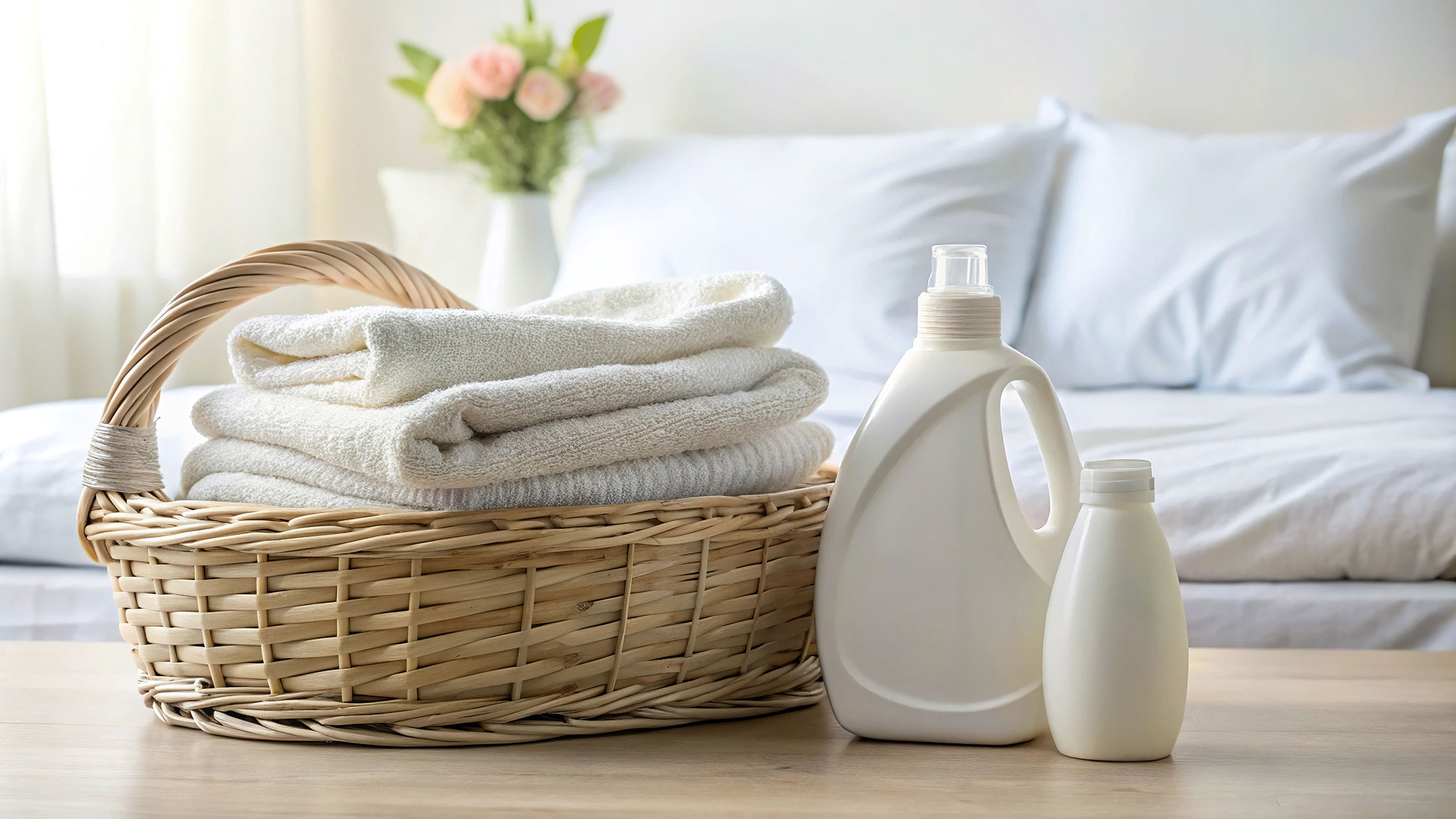Ever wondered how fabric softener works and what it actually does?
Fabric softener is one of those laundry products people use out of habit. It smells great, softens clothes, and reduces static—so what’s not to love? The truth is, fabric softener isn’t always the best choice for every load. Knowing when to use it (and when to skip it) can help your laundry last longer and perform better.
What Does Fabric Softener Do?
Fabric softener works by coating fibers with a thin layer of lubricants. This coating smooths out rough fabric surfaces, making clothes feel softer and reducing static cling. It can also add a pleasant scent and help clothes resist wrinkles.
When to Use Fabric Softener
Fabric softener is great for most everyday loads like:
- Cotton T-shirts
- Pajamas
- Dress shirts
- Sheets and pillowcases
It helps keep these items soft and smelling fresh. If you’re washing anything that tends to wrinkle or stick together with static (like synthetic fabrics), softener can be a helpful addition.
When to Skip It
Despite the benefits, fabric softener isn’t right for every type of laundry. You should avoid using it on:
- Towels: It reduces absorbency by coating the fibers.
- Athletic wear: Moisture-wicking fabrics lose their performance abilities.
- Microfiber: Softener can clog the fine fibers and make them less effective.
- Flame-resistant items: Softener may reduce flame resistance, which is important for kids’ sleepwear or uniforms.
A Better Alternative?
If you want softness without the chemicals or buildup, try wool dryer balls. They naturally soften fabrics, reduce static, and help clothes dry more evenly—without leaving a residue behind.
At BetterClean Laundry in Northeast Philadelphia, we know when to use softener and when to skip it. Whether you’re doing self-service or dropping off for wash-and-fold, your clothes are treated with the care they need for a better clean.




